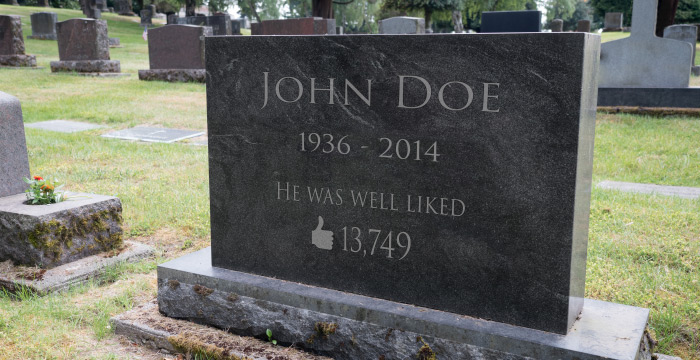Leadership Diseases and Their Cure
Two executive leadership management styles I am occasionally requested to consult on are by-products of the base motivation of the individual leader. The problematic symptoms are very different, and one needs to address the ‘disease.’ Unless you can get the executive to understand their particular disease and have the desire to want to modify the behavior, you cannot mitigate the symptoms.
Popularity
The first disease is an underlying need to be popular while supervising people. This need is rarely admitted, but clearly manifested by actions. Executives that want to be liked have trouble making timely decisions that would upset anyone. They even go so far as to physically disappear so that decisions are delayed or solved by others. These executives rationalize that time will cure the negative emotions a decision may cause. Delayed response may even make a needed, yet unpopular, decision immaterial as it becomes stale. This is not a person who makes principled-based decisions, but one who tries to come up with the most diplomatic answer that puts them in a good light. Their decisions are made with their interest of staying popular in mind, without regard to consistency or what’s best for the company.
An executive whose personality requires approval is vulnerable to one-on-one lobbying resulting in decision reversals. I often hear when dealing with these popularity seekers, is that there is a competition to be the last lobbyist in order to be the most influential before a critical meeting. Lobbyists learn that if you cannot get the leader to a decision you want, the fallback is to request to freeze the decision to another meeting. The executive concludes that it is better to have a late decision rather than an unpopular one.
Investors don’t pay […]







